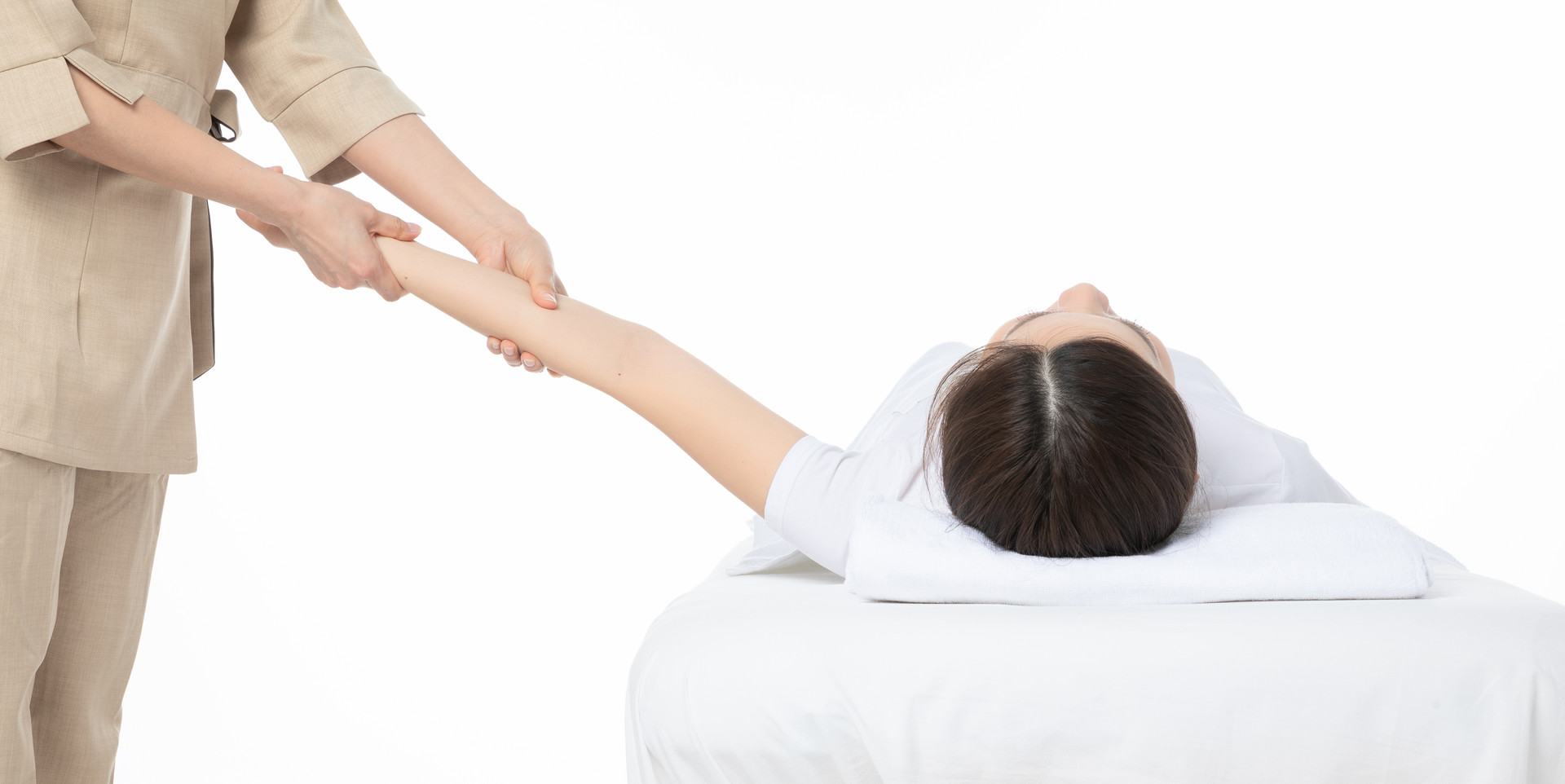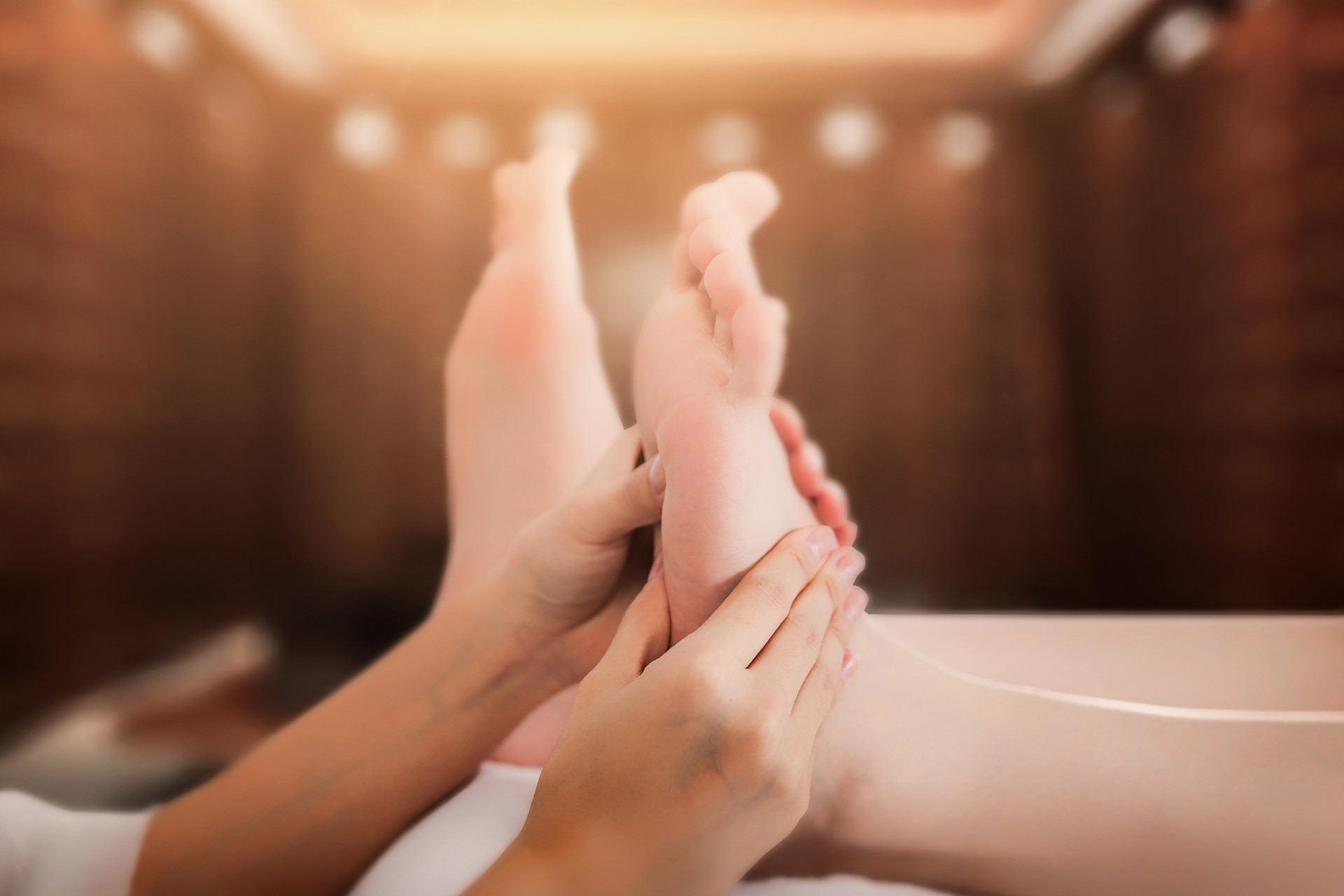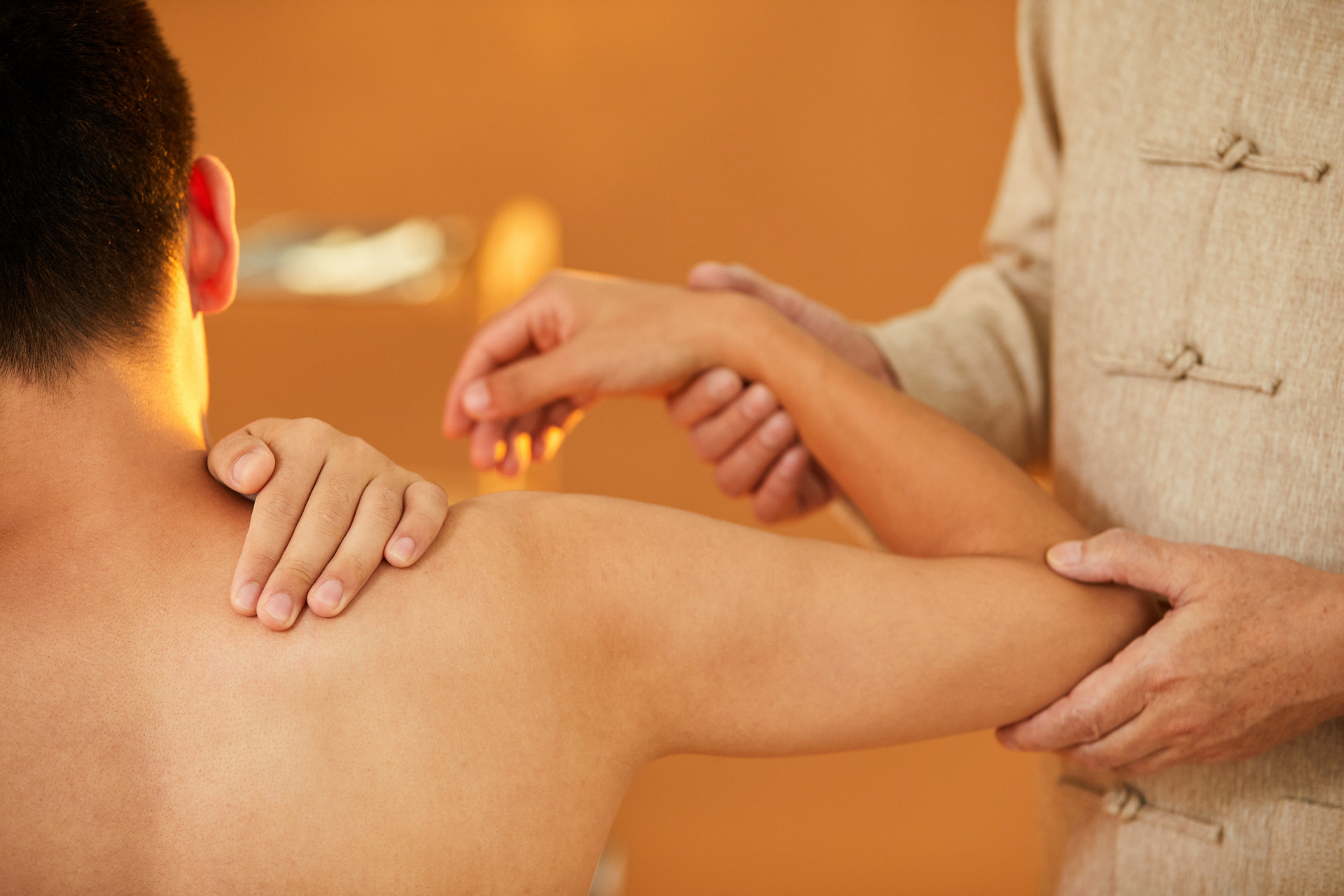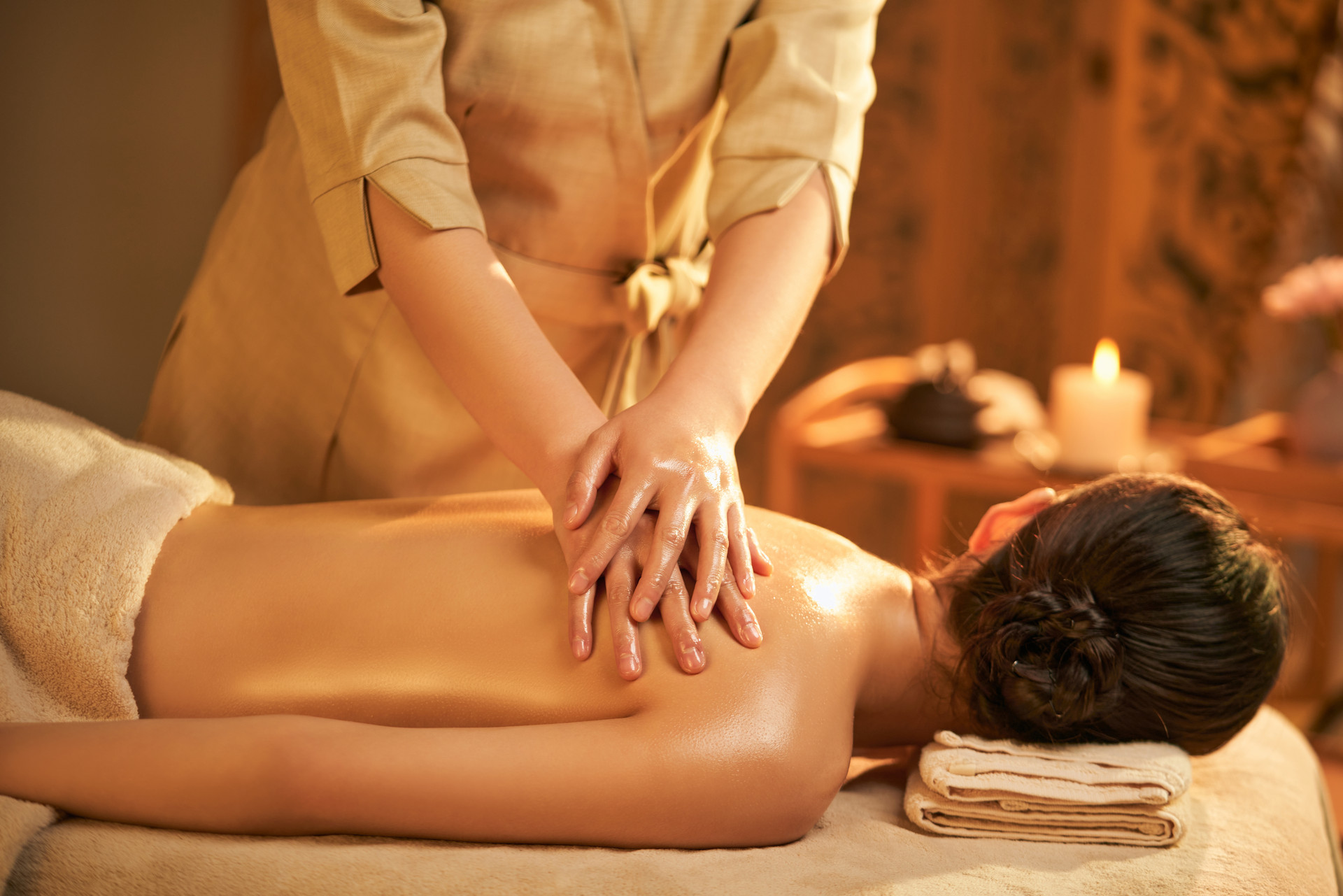Cough in children is commonly seen in clinical practice, and massage therapy can achieve good therapeutic effects.
Etiology and Pathogenesis
According to traditional Chinese medicine, children often have insufficient lung qi and thin skin and muscle. External pathogenic factors invade the superficial layer of the body, causing the lungs to lose their ability to regulate and descend qi, leading to cough. Alternatively, internal organ damage, the generation of phlegm, and obstruction of the lung's function to regulate and descend qi can also lead to cough, as it is said, "Coughing is not only limited to the lungs, but it is also closely related to the lungs."
Cough can occur in various diseases, such as acute and chronic pharyngitis, tonsillitis, bronchitis, pneumonia, respiratory diseases, and pleurisy. It is often caused by mixed viral and bacterial infections.
Tui Na Therapy
1. Treatment Principles
The treatment principles for this condition are to invigorate the lungs and stop coughing. For cough due to wind-cold, it is necessary to dispel wind and cold, invigorate the lungs, transform phlegm, and stop coughing. For cough due to wind-heat, it is necessary to disperse wind, release the exterior, clear heat, and stop coughing. For cough due to internal damage, it is advisable to tonify the spleen, nourish the lungs, transform phlegm, and stop coughing.
2. Basic Techniques
(1) The child lies supine: Clear the Lung meridian 300 times, perform the complete internal Bagua movement 30 times; knead the Tian Tu point 50 times, knead the root and sides of the breasts 50 times, knead the Shen Zhu point 100 times or open the Xuan Ji point 50 times; knead the bilateral Zu San Li and Feng Long points, each point for about half a minute.
(2) The child lies prone: Knead the bilateral Feng Men points 100 times, knead the bilateral Lung Yu points 200 times. Gently rub the spine 5-10 times from top to bottom.
3. Pattern Identification and Treatment
(1) Wind-cold cough: Open the Tian Men point 100 times, push the Kan Gong point 50 times, knead the Tai Yang point 100 times; use the Feng Chi point 5 times, use the Jian Jing point 10 times, use the He Gu point 5 times; press and knead the Er Shan Men points 30 times; push the San Guan point 100 times, knead the Wai Lao Gong point 100 times; knead the Tian Tu point 100 times, rub the Shen Zhu point to produce heat.
(2) Wind-heat cough: Open the Tian Men point 50 times, push the Kan Gong point 30 times, perform the complete Tai Yang movement 50 times, perform the movement of the posterior high bone of the ear 50 times; clear the Tian He Shui point 100 times, retreat the Six Fu points 100 times, push the Five Channels 50 times; divide and push the Shen Zhu point 50 times, knead the Feng Long point 100 times.
(3) Phlegm-heat cough: Clear the Stomach meridian 100 times, clear the Large Intestine meridian 100 times; knead the Xiao Tian Xin point 50 times, clear the Tian He Shui point 100 times, retreat the Six Fu points 300 times; knead the Tian Tu point 100 times, open the Xuan Ji point 100 times; divide and knead the back, both yin and yang, as well as the abdomen, both yin and yang, each 100 times.
(4) Phlegm-dampness cough: Tonify the Spleen Earth 300 times, clear the Stomach meridian 100 times, knead the Ban Men point 100 times; press the Tian Tu point 50 times, rub the Shen Zhu point 100 times; rub the Zhong Wan point with three fingers for two minutes; knead the Navel and Dantian points 100 times; knead the Zu San Li and Feng Long points, each point for about half a minute.
(5) Yin deficiency dry cough: Tonify the Lung meridian 100 times, tonify the Spleen Earth 300 times, tonify the Kidney Water 100 times; knead the Kidney Top point 100 times, knead the Er Ren Shang Ma point 50 times; clear the Tian He Shui point 100 times, perform the internal movement of the Lao Gong point 50 times; push the Yong Quan point 100 times; pinch the spine 3-5 times, press and knead the Lung Yu, Spleen Yu, and Kidney Yu points, each point for about half a minute.
(6) Spleen and Lung qi deficiency: Tonify the Lung meridian 100 times, tonify the Spleen Earth 300 times, push the San Guan point 100 times, knead the Wai Lao Gong point 50 times, perform the complete internal Bagua movement 50 times; pinch the spine 3-5 times, press and knead the Lung Yu, Spleen Yu, and Zu San Li points, each point for about half a minute.
Appropriate Techniques
(1) Chinese herbal medicine: For wind-cold cough, use Xing Su San with modifications; for wind-heat cough, use Sang Ju Yin with modifications; for phlegm-heat cough, use Qing Jin Hua Tan Tang with modifications; for phlegm-dampness cough, use Er Chen Tang with modifications; for qi deficiency, use Bu Zhong Yi Qi Tang with modifications; for yin deficiency, use Sha Shen Mai Dong Tang with modifications.
(2) Acupuncture: Use shallow needling with quick in-and-out technique. Main acupuncture points include Da Zhui, Tian Tu, and He Gu. For wind-cold cough, add Feng Chi, Chi Ze, Feng Men, and Da Zhu; for wind-heat cough, add Qu Chi and Wai Guan; for phlegm generated internally, add Zu San Li, Feng Long, and Yin Ling Quan; for qi deficiency, add Qi Hai, Tai Yuan, Tai Bai, Zu San Li, and Lung Yu; for yin deficiency, tonify Fu Liu and Tai Yuan, and reduce Chi Ze and Nei Ting.
(3) Ear acupuncture: The practitioner uses shallow needling on Shen Men, Upper Screen Tip, Lower Screen Tip, and Trachea points, selecting 3-4 points each time, alternating between left and right.
Precautions
(1) Due to the physiological anatomy of the respiratory tract in children, allergens, and low immune function, coughing is often easily induced. When treating this condition, it is important to identify and eliminate the underlying causes. Massage therapy has good therapeutic effects for this condition, but if there is a secondary bacterial infection, it should be combined with antibacterial treatment. If there is malnutrition, anemia, or rickets, appropriate feeding practices should be implemented, and the primary disease should be actively prevented and treated.
(2) Tuberculosis and tumor-induced cough should be excluded during massage therapy.
(3) Actively treat respiratory tract acute and chronic infectious diseases, pay attention to isolation, and prevent cross-infection.
(4) Pay attention to climate changes, avoid exposure to cold, and ensure indoor air circulation, avoiding irritants such as gas, dust, and smoke.







